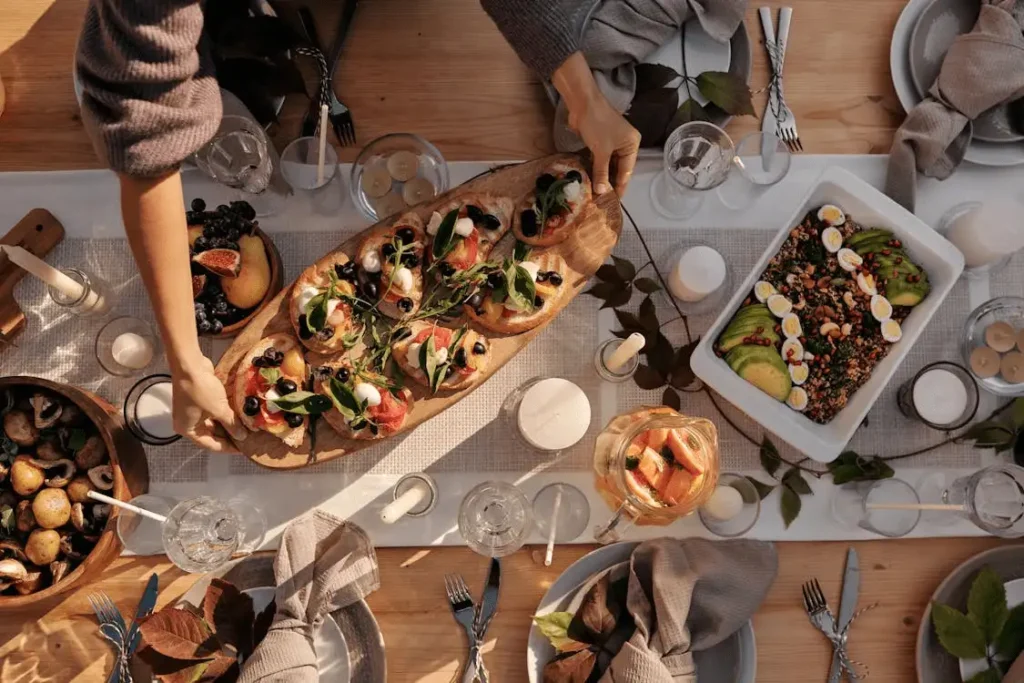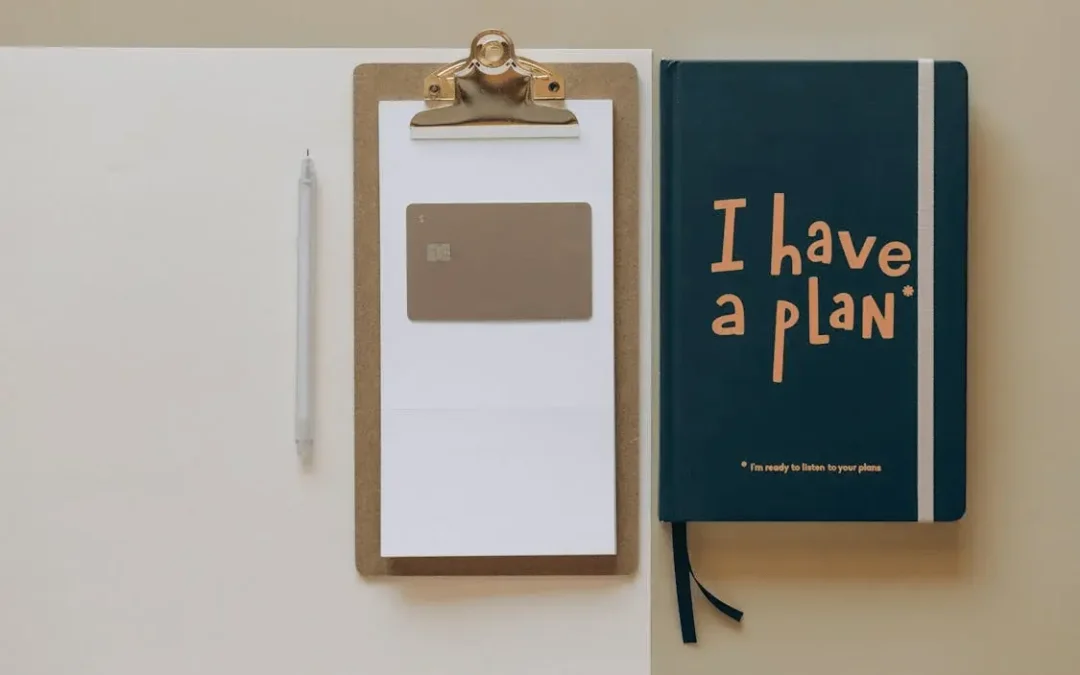I’ve been writing professionally for the past two years, but I only began my career here at Urban Era Marketing a few months ago. While it hasn’t been long, I can already say that this role has had a significant impact on my growth as a professional writer.
It’s not every day you land a job you truly love, and I’m grateful that the universe conspired to place me in a team where my nerdiness and love for history are valued. That’s why I’m setting a writing roadmap for the year ahead—to be intentional about where I’m headed as a writer.
This course of action is also shaped by UEM’s direction: publishing accessible content that is both unique and reliable.
For me, the challenge lies in finding the balance. How do I pursue topics I’m passionate about while ensuring they align with what UEM is building? The answer, I believe, is leaning into two themes that feel like natural extensions of my curiosity: history and food.
So here’s the plan—or at least how I envision the rest of my writing journey in 2025.
Table of Contents
- Theme #1: Deepening History Writing With New Angles
- Theme #2: Exploring Food as a Lens Into History and Culture
- Growth-Driven Theme: Personal Voice & First-Person Essays
- How I’ll Measure Impact
- Here’s to a Fruitful Writing Career This 2025
- Frequently Asked Questions (FAQs)
Theme #1: Deepening History Writing With New Angles
History is often presented as a static timeline—a simple retelling of what has already happened. I’m not a fan of that. As a history buff, I want to show my audience that history is ever-changing: what we do today directly reflects what’s happened before, and it inevitably shapes what’s to come.
My pieces are highly opinionated, and for good reason. After reading my posts, I want readers to form their own insights about historical events and recognize their significance in the world we live in today. Through my writing, I want them not only to learn about the past but also to learn from it.
As Spanish philosopher George Santayana once said,
“Those who cannot remember the past are condemned to repeat it.”
I’m unapologetic about my views as well, and that comes through in my writing style. For instance, I’ve written a piece criticizing how mainstreaming mental health awareness can water down the struggles of people actually living with mental illnesses.
That voice won’t change.
But I do want to stretch it to highlight overlooked figures (mostly women, are we even surprised?) and moments often overshadowed by statistics. I want my writing to show the people who lived through—or tragically didn’t survive—historical events. They deserve to be more than just numbers.
The outcome I want is twofold: first, to sharpen my ability to synthesize research into a cohesive narrative, and second, to strengthen my storytelling voice so it’s not just informative, but unmistakably mine.
Theme #2: Exploring Food as a Lens Into History and Culture
Food—and by extension, drinks—has always been inseparable from history and culture. It has sparked trade, fueled revolutions, driven cultural exchange, and even built empires. As Psychology Professor Dr. Ara Norenzayan reminds us:
“There is more to eating than survival. Eating and drinking are a medium through which we gather, socialize, and create bonds. We celebrate, commemorate, tend to one another, and enact our rituals through food.”
It isn’t usually the first thing that comes to mind when we think about history, but it should be. That’s why I’ve chosen it as my second theme this year: to use food as a lens for storytelling. It’s in the coffee in your mug, the spices in your kitchen, and the bread that once sparked riots in Paris.

It feels familiar and ordinary, yet it’s layered with cultural and political meaning—a powerful entry point into history and identity.
The challenge for me lies in blending lifestyle-style storytelling with deep historical context. By taking on this balance, I aim to sharpen my range as a writer, creating work that feels both alive and accessible—whether you’re a curious history enthusiast or a casual reader.
Growth-Driven Theme: Personal Voice & First-Person Essays
While I thrive in research-heavy writing, I also know there’s room to take risks. It’s how one grows after all. This year’s experiment is stepping into first-person essays, where I reflect more openly on writing itself (much like how I’m doing with this piece).
Why? Because writing is deeply personal. The grind of research, the joy of finding a great source, the frustration of hitting a block — all of it is part of the process. Sharing that can make me more relatable, but also open new doors for creativity.
I imagine pieces about balancing burnout and creativity, or essays on how my relationship with history has shifted as I write about it. Even reflections on food memories are tied to bigger cultural stories. These would be occasional but intentional breaks from strict historical analysis.
What’s even better is how, in doing so, I’m also providing my portfolio with more variety. It lets readers see me not just as a researcher or explainer, but as a writer with a unique point of view that they can easily relate to.
How I’ll Measure Impact
Plans are only half the work. Without a way to track impact, it’s hard to know if my roadmap is moving in the right direction. So, here’s how I’ll measure it:
1. Reach and visibility.
Here are Urban Era Marketing, each writer is treated as a brand ambassador, meaning that we are responsible for publishing our work and sharing it across different platforms. Given this, I’ll be measuring how far my pieces travel. Are they reaching the intended audience? Do my posts get referenced elsewhere? And when I share them, are readers actually clicking through to read the full article?
2. Reader response
Beyond numbers and clicks, I’ll also look at whether my articles spark comments, shares, or conversations on the platforms where I publish them. If my readers are engaging, then that only means that something about what I wrote resonated with them. I don’t know about you, but that’s a huge win on my book.
3. Personal growth as a writer.
This is just as important as external metrics, albeit a subjective one, as it mostly involves introspection. Questions like “did I express my ideas more clearly this time?” or “did I back my claims with stronger sources?” are ones I’ll be constantly asking myself after each piece. Because I firmly believe in the proverb that we’re only as good as our last performance.
Here’s to a Fruitful Writing Career This 2025
I see the rest of this year as a chance to grow as a writer, and I’m grateful that working with Urban Era Marketing makes that possible.
My plan may look intricate—divided into themes of history, food, and reflection—but in hindsight, the goal is simple: to keep getting better at what I do. So come along on this journey. The map is drawn, now it’s time to write it forward.

Frequently Asked Questions (FAQs)
1. What is a writing career roadmap?
A writing career roadmap is a plan that helps writers stay intentional about their growth. It outlines goals, themes, and skills to develop over a set period of time, ensuring that writing remains both purposeful and progressive.
2. How can writers measure growth beyond SEO or metrics?
Numbers tell part of the story, but growth can also be seen in other factors such as smoother drafts, a stronger storytelling voice, and more confident handling of complex topics. Feedback from peers, editors, or readers is another way to measure meaningful progress.
3. How does Urban Era Marketing support its writers’ growth?
At Urban Era Marketing, writers aren’t just left to work alone. The team provides keyword and topic guidance, detailed editorial support, and a collaborative environment that sharpens both creativity and professionalism.


